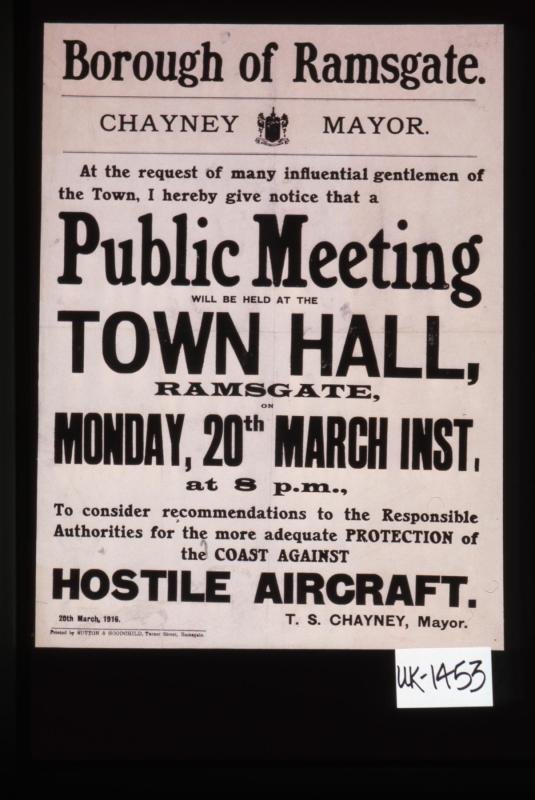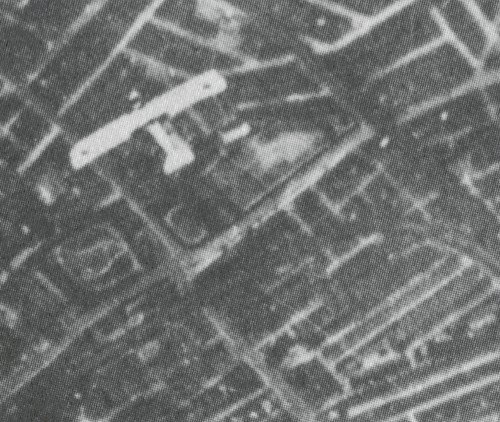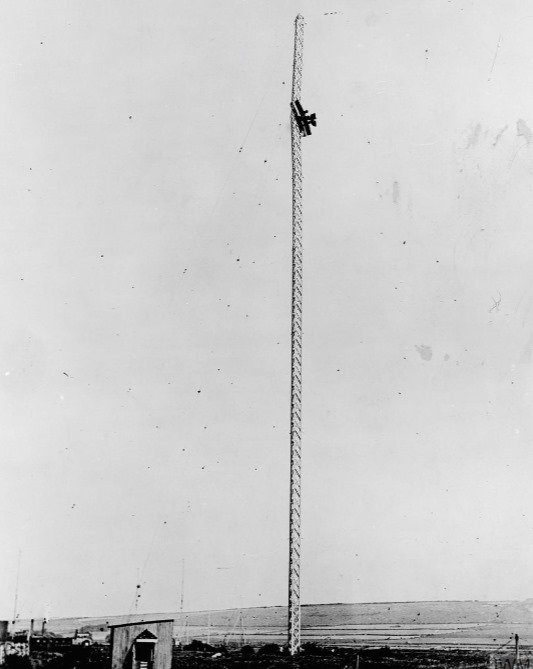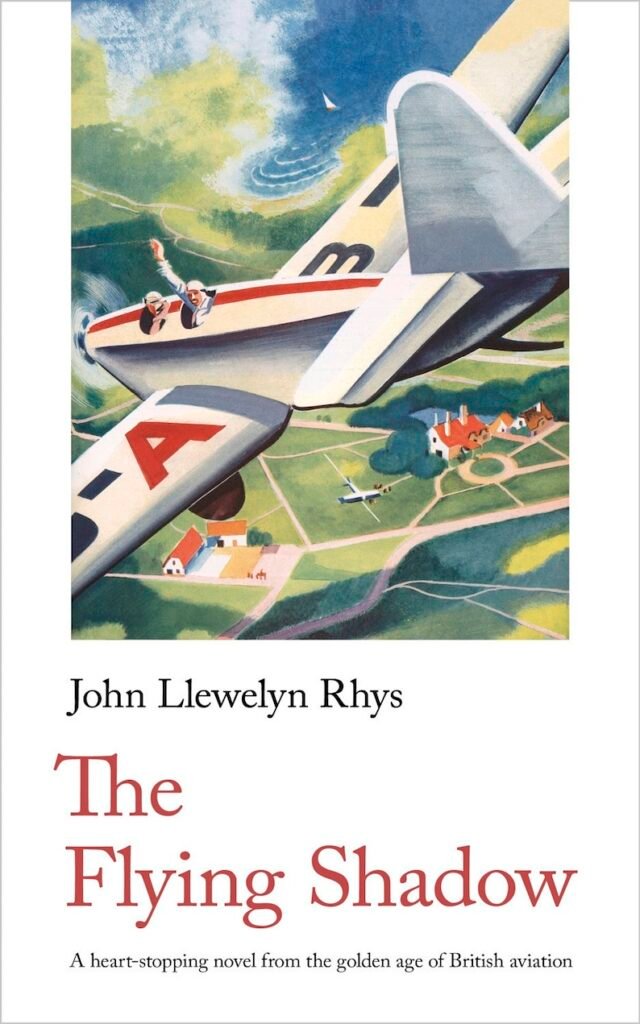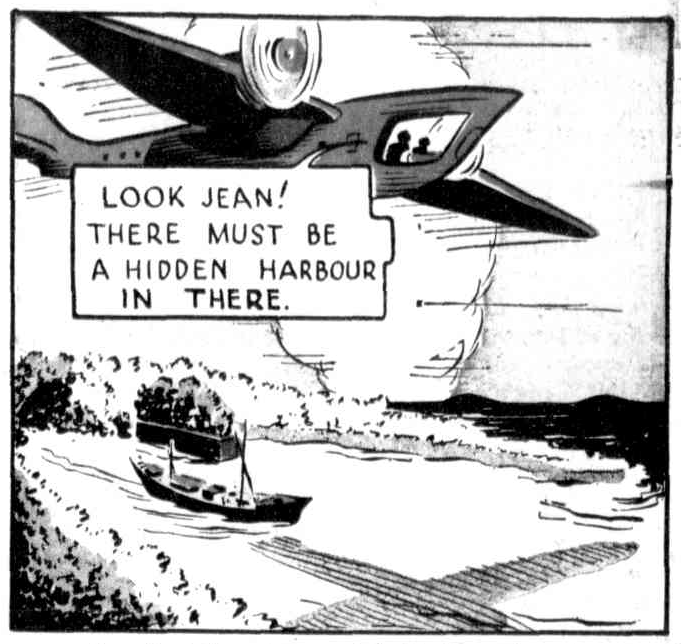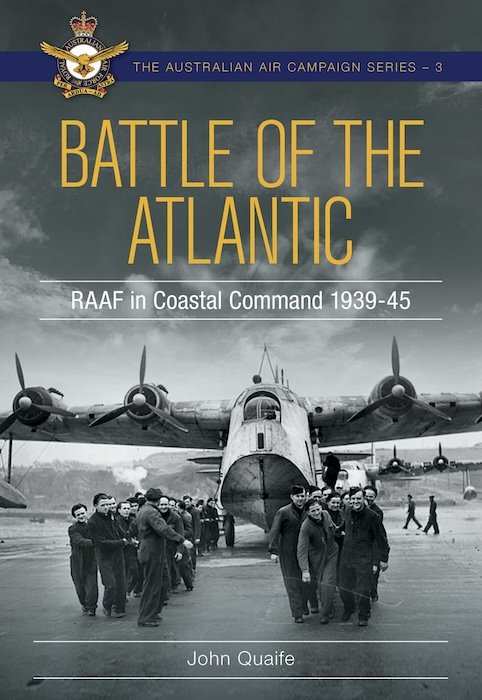Archivtag!
That’s right… … I’m going on a research trip… … to the UK! (I suppose this post should technically be called Archivwochen, but that’s a little too pedantic even for me.) It’s been nearly a decade since my last visit, and that was long before I started working on Home Fires Burning. So I’ve built […]


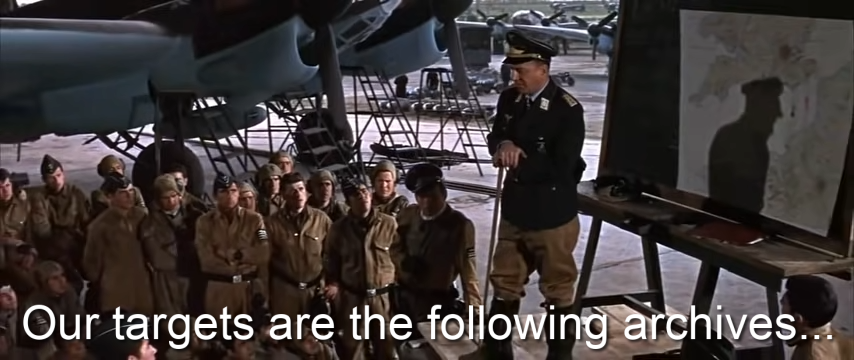
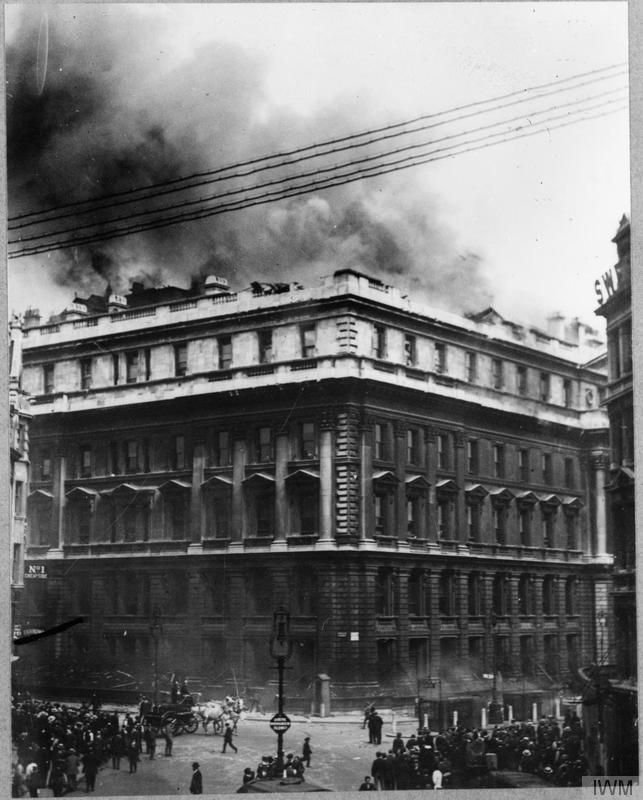
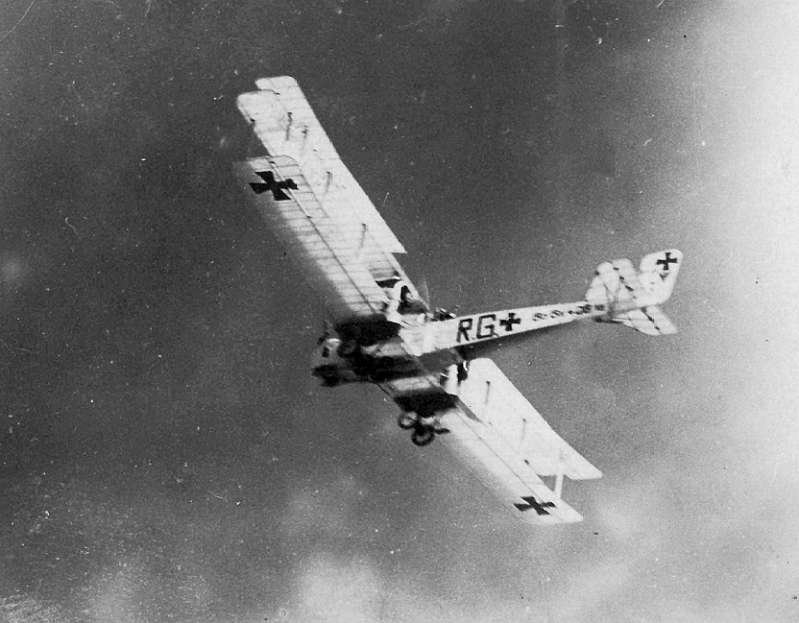
![German propaganda poster with a vibrant and striking image depicting swarms of British aircraft bombing an industrial site to illustrate the following quote, by British Labour Leader Johnston Hicks [sic], which appeared in the 'Daily Telegraph' on January 3rd 1918: 'One must bomb the Rhineland industrial regions with one hundred aircraft day after day, until the treatment has had its effect!’](https://airminded.org/wp-content/uploads/2024/03/artv05099.jpg)
